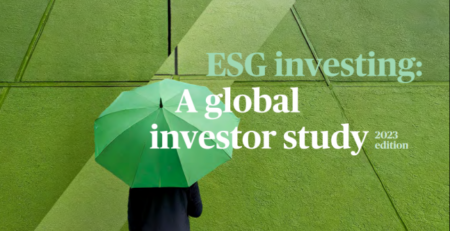Pension-Fund Investment in Forestry
By Clark S. Binkley, Fiona Stewart and Samantha Power
A forestry investment can include land suitable for growing trees, the trees themselves, or both. The trees can be part of a natural forest or one that has been established artificially by seeding or planting. Natural forest management typically has lower operating costs than plantation forests, but also a lower growth rate. Plantation forests are typically, but not always monocultures.
Forestry has long provided opportunities for institutional investors – but the scope for this investment remains limited. The first institutional investment in timberland apparently took place in 1288 when King Magnus III of Sweden granted the Bishop of Västerås a 12.5 percent interest in a mine and the surrounding land that become the foundational assets for StoraEnso centuries later. The Church of Sweden remains a major forestland owner. In the modern era, forestry investment began about 50 years ago. Interest in this asset class started with pension
plans, and then spread among different kinds of investors and across geographies. Institutional forestry investors now include pension plans, banks, insurance companies, endowments, foundations, and large family offices. Forestry investment started in the Southern United States (US) and has expanded to all regions of the US, and to Oceania, Europe, Latin America, Asia, and a few parts of Africa. This class of investment is still surprisingly limited in scope: despite this long history, total institutional investment globally likely does not exceed $100 billion, a tiny figure in comparison with, for example, the $4 trillion invested in private equity (McKinsey, 2020). Equally surprising is that almost all of this investment has come from institutions in OECD countries.
Get the book here
343 views










